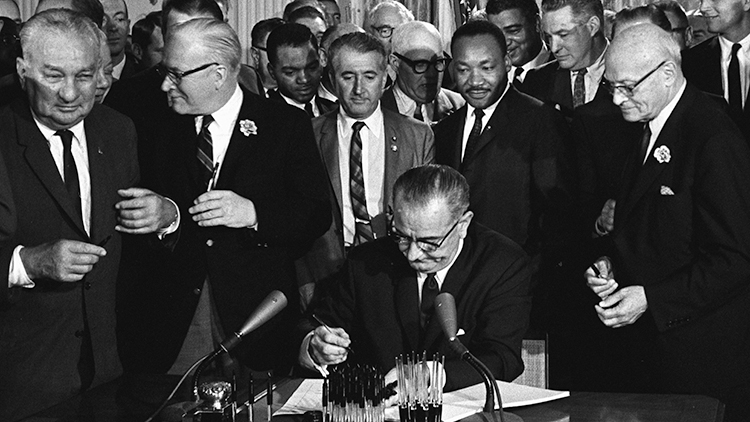
From students hoping for a snow day to long-distance travelers, everyone wants to know about the weather. Forecasting weather is among the greatest scientific achievements of the last century. Meteorologists can predict weather about a week in advance, and their accuracy is only getting better!

In 2019, the National Weather Service launched a new computer prediction model. It had been 40 years since its old forecasting tool, the Global Forecast System (GFS), had gone through a major upgrade. Experts hope the new weather forecasting tool will be a significant improvement of the previous model. This new model might help save more lives.
The new model, known as FV3 (for Finite-Volume Cubed-Sphere Dynamical Core) can generate highly detailed information at a faster rate. This allows it to predict five-day forecasts more accurately than the previous version. FV3 can also track hurricanes more accurately than any other system. A more accurate forecast means more time for people to prepare for dangerous storms.
Scientists tested FV3 for two years before its launch. Still, some worry that the new model needs more work. Before the launch, scientists found a problem with the new tool. It seemed to overpredict snow amounts. FV3 also predicted some storms would move faster than they did. Government scientists continue to work on solving these problems.
The weather service is still confident that FV3 will provide the groundwork for better computer models in the future. The goal is to someday be able to accurately predict weather 30 days in advance!
What Do You Think? Why should scientists continue to improve current weather prediction tools?
(t)Photo Credit: Bill Hornstein/Moment/Getty Images (b)Photo Credit: NOAA/National Weather Service



